Technological Innovations in Device Design
Technological advancements play a crucial role in shaping the Respiratory Therapeutic Devices Market. Innovations such as smart inhalers, portable nebulizers, and advanced monitoring systems are enhancing the efficacy and user experience of respiratory devices. These devices often incorporate connectivity features, allowing patients to track their medication usage and receive real-time feedback. The integration of artificial intelligence and machine learning into device functionality is also emerging, potentially improving treatment outcomes. As manufacturers continue to invest in research and development, the market is likely to witness a surge in novel products that cater to the evolving needs of patients and healthcare providers alike.
Government Initiatives and Regulatory Support
Government initiatives aimed at improving respiratory health are significantly influencing the Respiratory Therapeutic Devices Market. Various countries are implementing policies to enhance access to respiratory care and promote the use of therapeutic devices. Regulatory support for the approval and reimbursement of innovative devices is also fostering market growth. These initiatives often include funding for research and development, as well as incentives for manufacturers to create advanced respiratory solutions. As governments prioritize respiratory health, the market is likely to experience increased investment and innovation, ultimately benefiting patients and healthcare systems alike.
Increasing Prevalence of Respiratory Diseases
The rising incidence of respiratory diseases, such as asthma and chronic obstructive pulmonary disease (COPD), is a primary driver of the Respiratory Therapeutic Devices Market. According to recent estimates, millions of individuals are affected by these conditions, leading to a heightened demand for effective therapeutic devices. This trend is further exacerbated by environmental factors, including air pollution and smoking, which contribute to the deterioration of respiratory health. As a result, healthcare providers are increasingly investing in advanced respiratory devices to manage these diseases effectively. The market for inhalers, nebulizers, and other therapeutic devices is projected to grow significantly, reflecting the urgent need for innovative solutions in respiratory care.
Rising Awareness and Education on Respiratory Health
There is a growing awareness regarding respiratory health, which is positively impacting the Respiratory Therapeutic Devices Market. Educational campaigns aimed at both healthcare professionals and the general public are fostering a better understanding of respiratory diseases and their management. This increased awareness is leading to higher rates of diagnosis and treatment, driving demand for various therapeutic devices. Furthermore, healthcare providers are emphasizing the importance of adherence to treatment regimens, which is likely to boost the utilization of devices such as inhalers and nebulizers. As awareness continues to rise, the market for respiratory therapeutic devices is expected to expand, reflecting the need for effective management solutions.
Aging Population and Increased Healthcare Expenditure
The demographic shift towards an aging population is significantly influencing the Respiratory Therapeutic Devices Market. Older adults are more susceptible to respiratory conditions, necessitating the use of therapeutic devices for effective management. This demographic trend is accompanied by increased healthcare expenditure, as governments and private sectors allocate more resources to address the healthcare needs of the elderly. The demand for respiratory devices, including oxygen concentrators and CPAP machines, is expected to rise in tandem with this trend. Consequently, manufacturers are likely to focus on developing user-friendly and efficient devices tailored to the needs of older patients, thereby expanding their market reach.
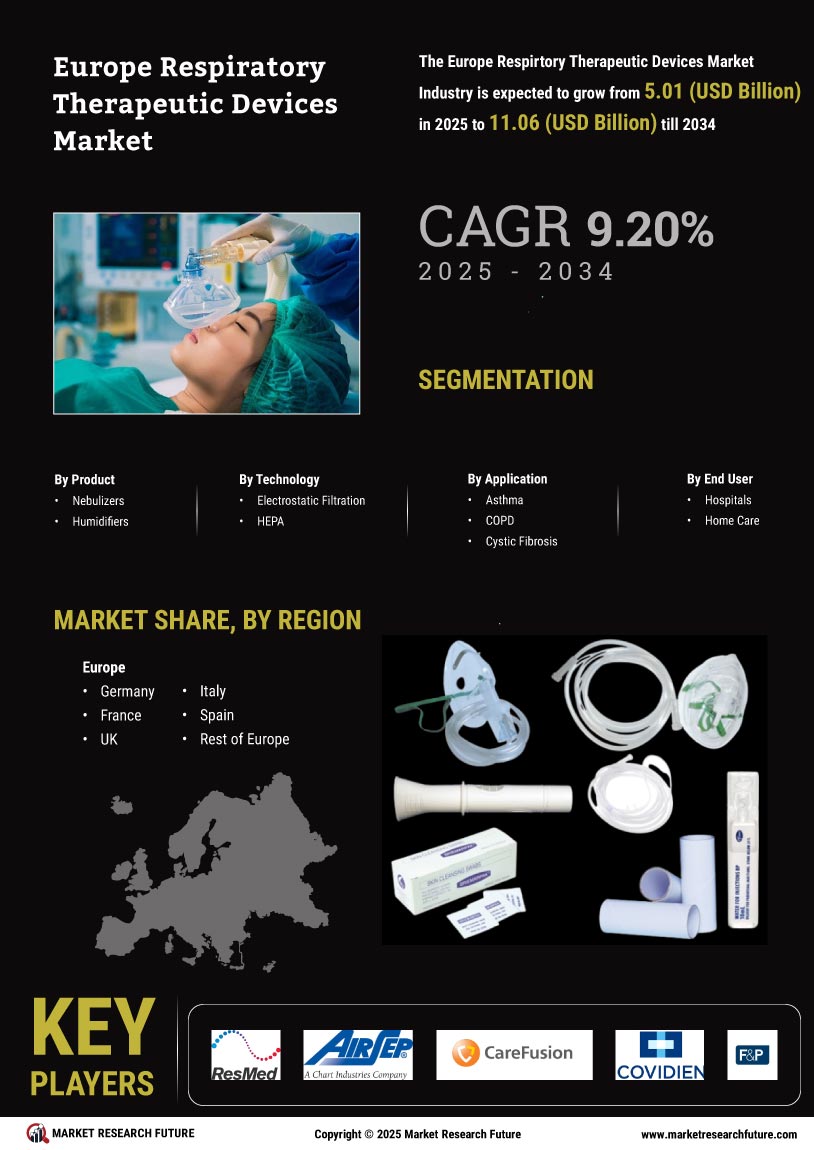

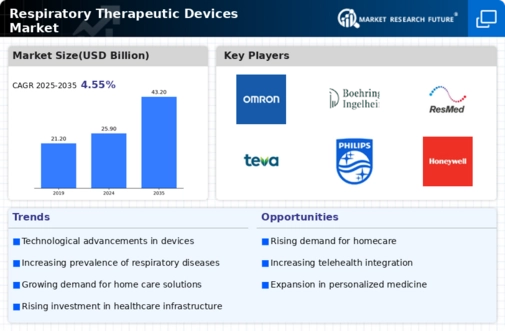
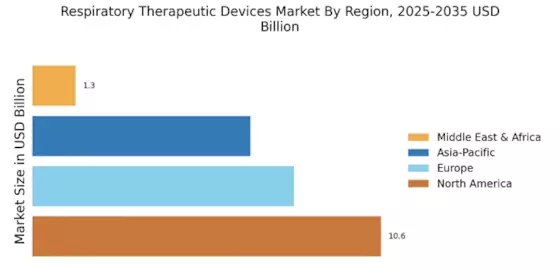


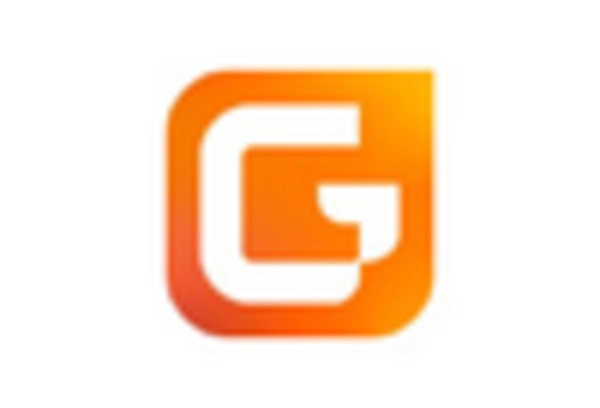


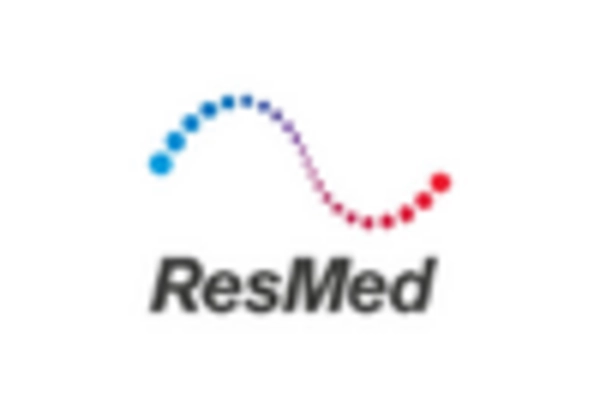








Leave a Comment